Research: Experiment - Overview
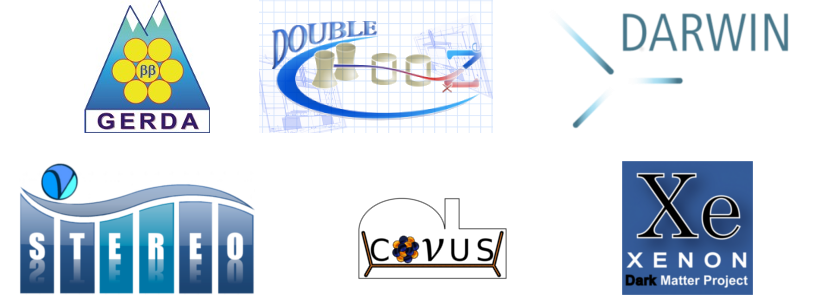
The experimental research projects carried out with participation
of this division at MPIK are
the reactor neutrino experiment
Double Chooz in Chooz in France,
the double beta decay experiment
GERDA at the Laboratori Nazionali del Gran Sasso (LNGS) in Italy,
the
XENON Dark Matter search experiments
at LNGS as well as researc and development of it's successor
DARWIN,
the
STEREO Experiment exploring the possibility of light ~1eV sterile neutrinos
and
CONUS which is investigating the coherent neutrino-nucleus scattering.
Major progress has been achieved in all of these experiments during
recent years:
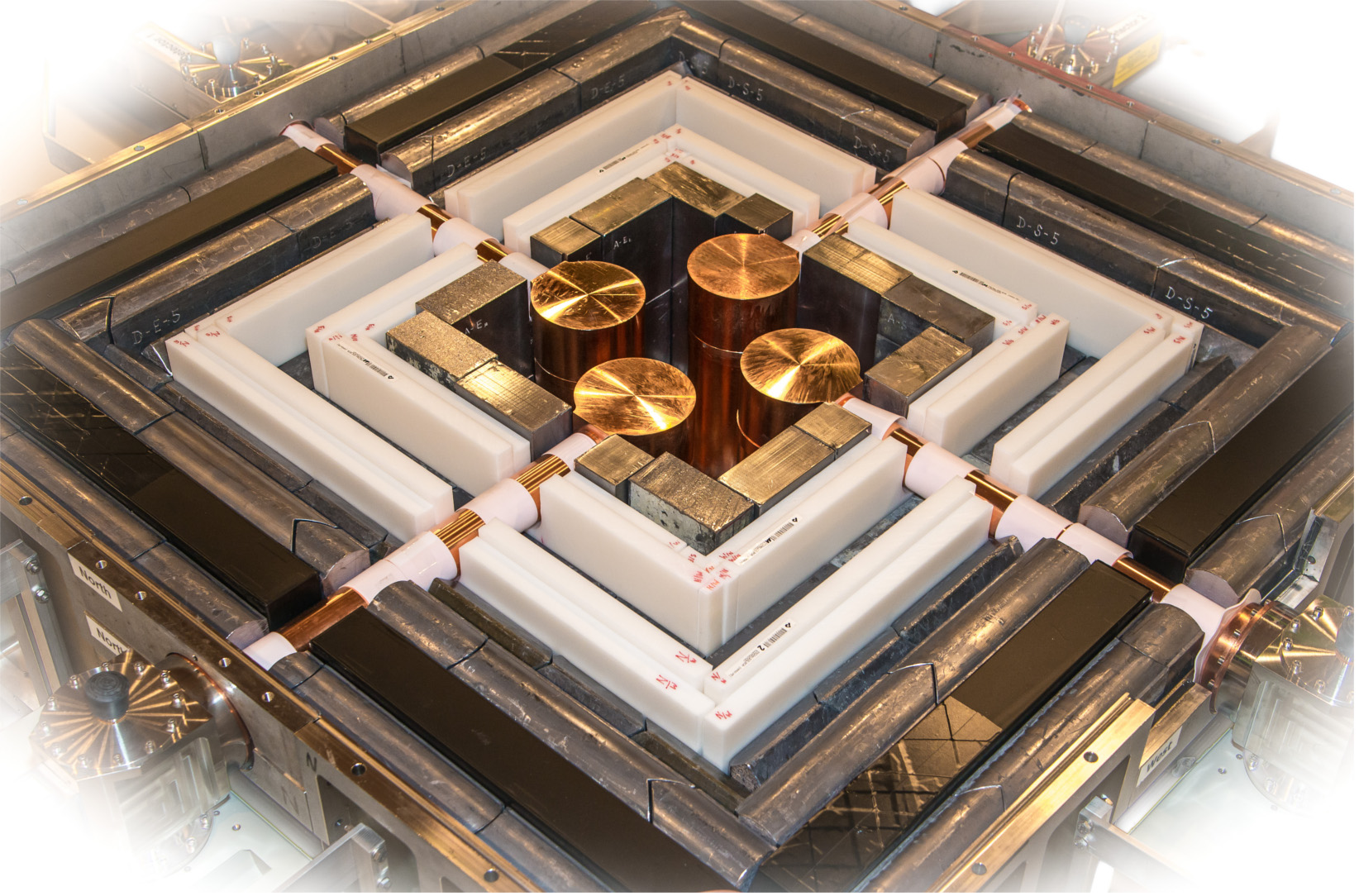
Figure 1: CONUS detector without shielding
The
CONUS experiment which is operated in collaboration with PreussenElektra
GmbH in Brokdorf started Data collection early April 2018. Its aim is to detect
and characterize the coherent neutrino-nucleus scattering process up until the end
of 2021.
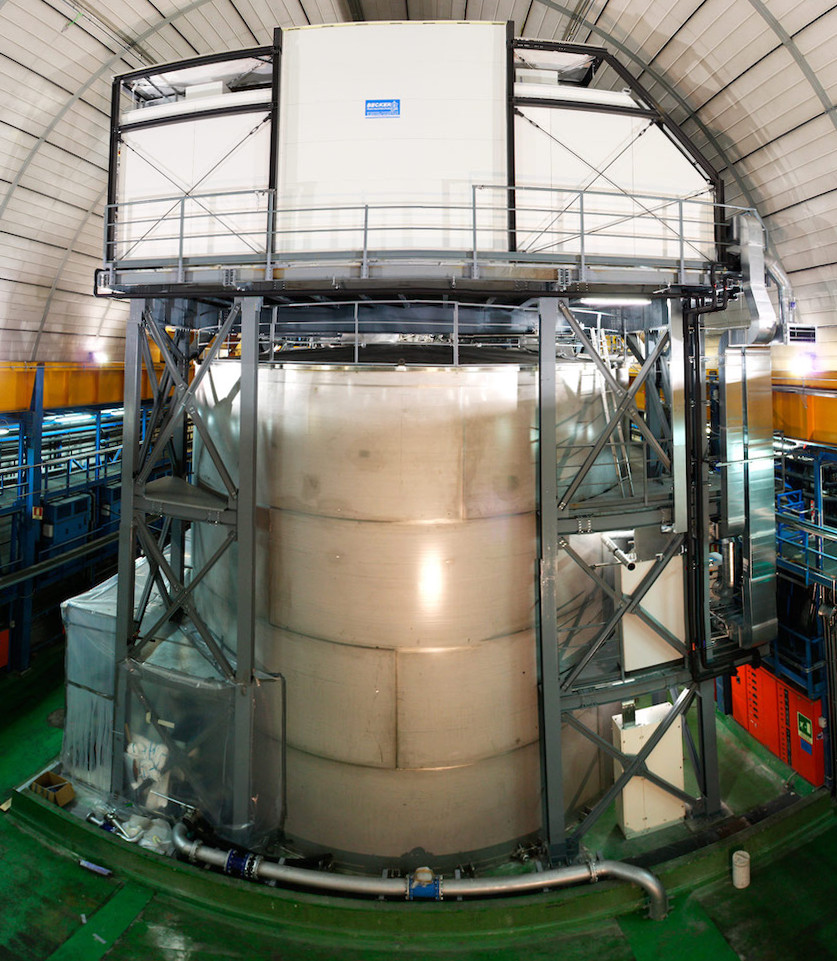
Figure 2: GERDA at the LNGS
Construction of the double beta decay experiment
GERDA in hall A of LNGS
has been completed. Gerda aims at measuring neutrino-less
double beta decay or at improving the current limits on the
life-time considerably. Observing this decay
would be of fundamental importance for neutrino physics and physics
beyond the Standard Model in general, because it would prove that
Lepton Number is not conserved by nature. It would show that neutrino
masses are not generated by the standard Higgs mechanism, which
provides charged fermions and quarks with mass. Potential consequences
go as far as the cosmological generation of the Baryon Asymmetry of
the Universe.
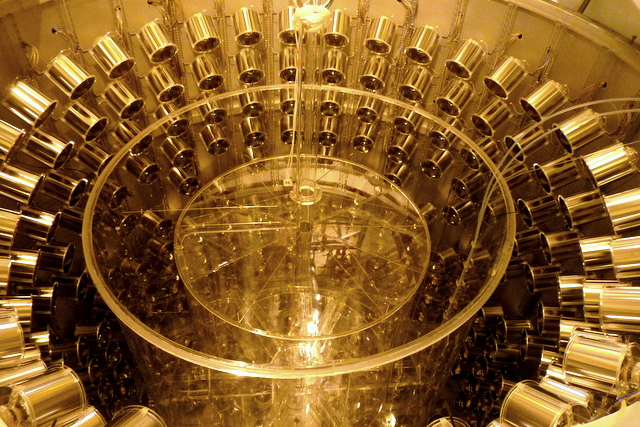
Figure 3: PMTs and acrylic vessels inside of the Double Chooz detector
The neutrino oscillation experiment
Double Chooz at the
nuclear power station Chooz, France, is finished. It's
aim was to measure the smallest lepton mixing angle.
The value of this angle has strong influence on
the future program of experimental neutrino physics, since it
decides if and how we can measure leptonic CP violation and the
neutrino mass ordering. While the far detector
had been completed since the end of 2010 the near detector
was finished in 2015. The combined data of both near and far detectors
allowed to improve the experimental results even further. Official data
taking was finished at the end of 2017 while it's analysis is still going on.
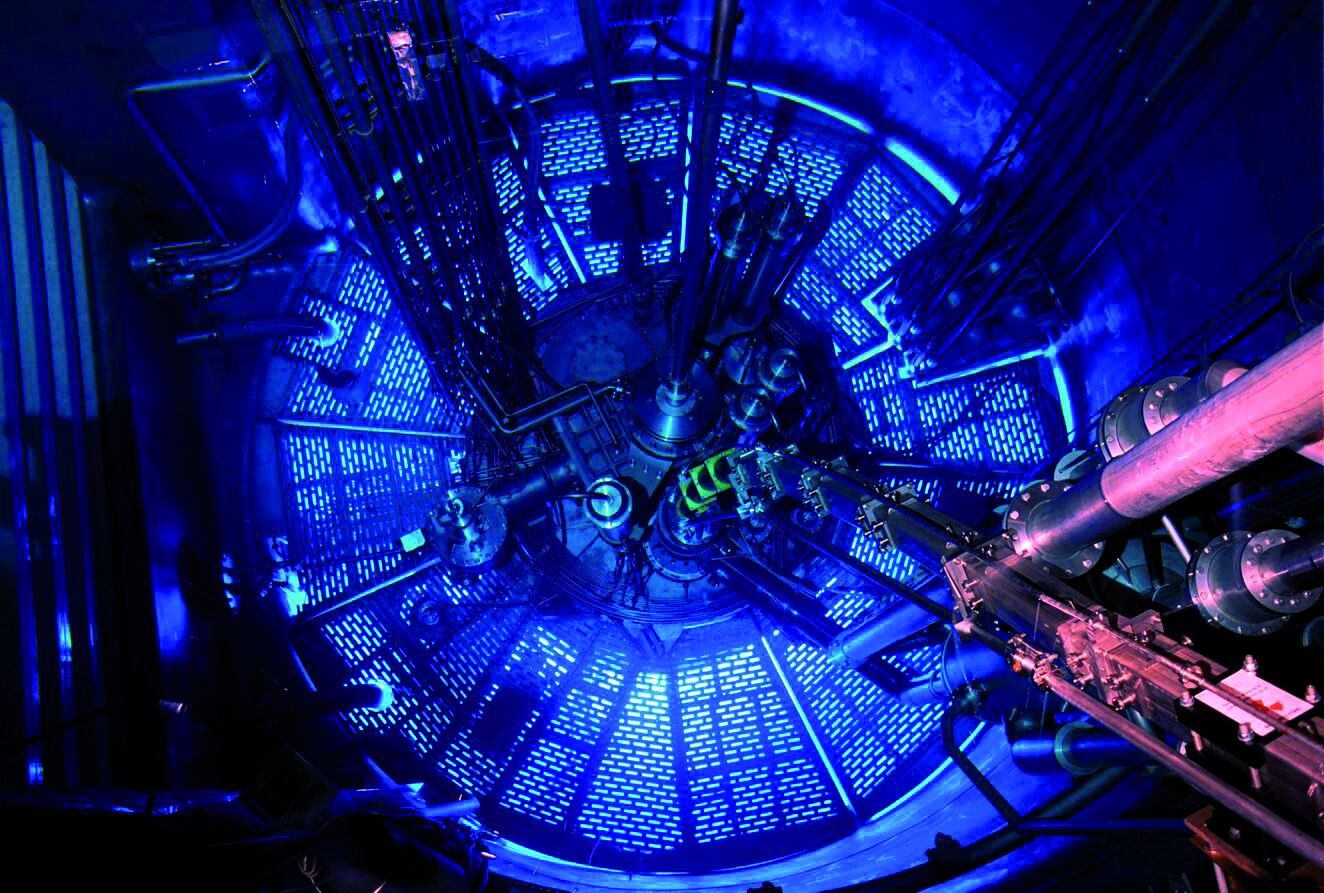
Figure 4: The ILL nuclear reactorsite the STEREO experiment is located at.
After three years of design and construction the
STEREO experiment has started data taking. Its goal is to study the observed reactor
antineutrino anomaly with respect to the possible existence of light
sterile i.e. non interacting neutrinos. Currently the experiment is in
Phase II. STEREO aims for more than 300 days of reactor_on data before
the end of 2019
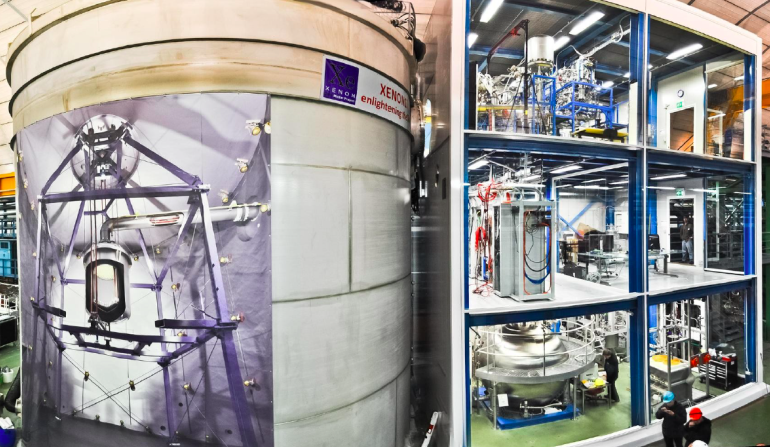
Figure 5: Detector of the XENON1T project
The division participates also in the
XENON Dark Matter search project. The early XENON100 detector started data taking already in 2010 and obtained very important results. In 2017 the first Data from the up-scaled XENON1t detector was published. Currently XENON1T continues data taking. In parallel the
XENONnT project, an even further up-scaled version of the detector, is beeing
planned and realized. The XENON project makes very important
measurements, since they cover a large part of the theoretically
expected parameter space for WIMPs, the favoured Dark Matter candidates.
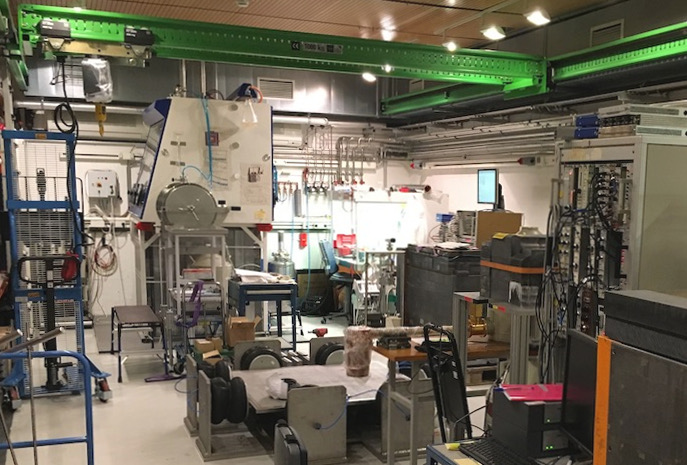
Figure 6: Low-level-Lab. at the MPIK
The arts of
low-background physics,
which were developed in past and on-going experiments are unique.
The relevant techniques are further improved and new methods
are being developed for on-going and future experiments.